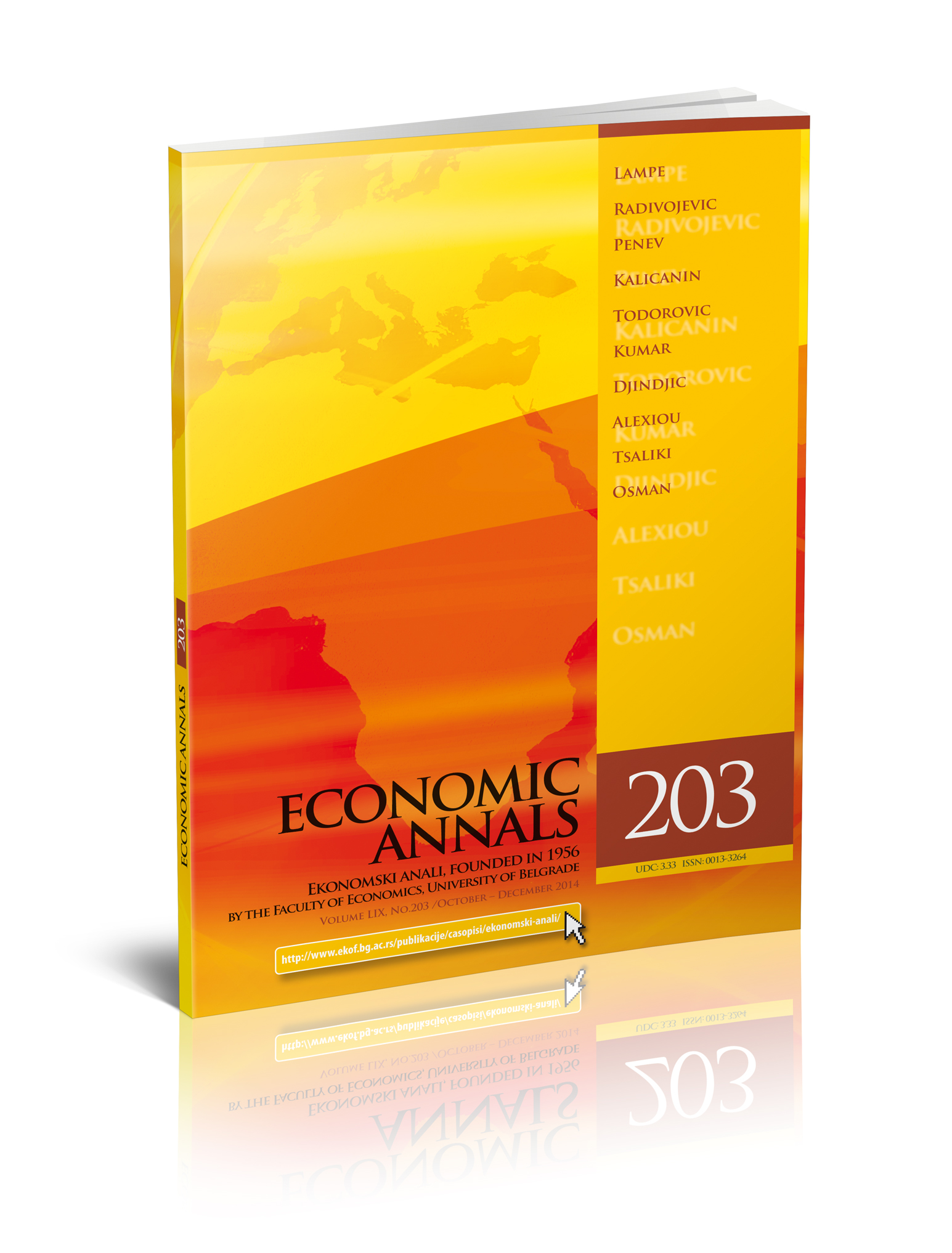TESTING FOR LONG MEMORY IN VOLATILITY IN THE INDIAN FOREX MARKET
##plugins.themes.bootstrap3.article.main##
##plugins.themes.bootstrap3.article.sidebar##
Anoop S. Kumar
Abstract
This article attempts to verify the presence of long memory in volatility in the Indian foreign exchange market using daily bilateral returns of the Indian Rupee against the US dollar from 17/02/1994 to 08/11/2013. In the first part of the analysis the presence of long-term dependence is confirmed in the return series as well as in two measures of unconditional volatility (absolute returns and squared returns) by employing three measures of long memory. Next, the presence of long memory in conditional volatility is tested using ARMA-FIGARCH and ARMA-FIAPARCH models under various distributional assumptions. The results confirm the presence of long memory in conditional variance for two models. In the last part, the presence of long memory in conditional mean and conditional variance is verified using ARFIMA-FIGARCH and ARFIMA-FIAPARCH models. It is also found thatlong-memory models fare well compared to short-memory modelsin sample forecast performance.
##plugins.themes.bootstrap3.article.details##
Keywords
Long memory, Volatility, India, Forex, fractionally integrated models, FIGARCH, FIAPARCH.
JEL Classification
G14, G15, F31
Issue
Section
Articles
How to Cite
S. Kumar, A. (2014). TESTING FOR LONG MEMORY IN VOLATILITY IN THE INDIAN FOREX MARKET. Economic Annals, 59(203), 75-90. https://doi.org/10.2298/EKA1403075K
How to Cite
S. Kumar, A. (2014). TESTING FOR LONG MEMORY IN VOLATILITY IN THE INDIAN FOREX MARKET. Economic Annals, 59(203), 75-90. https://doi.org/10.2298/EKA1403075K

